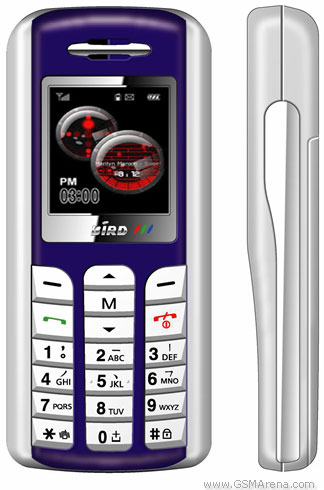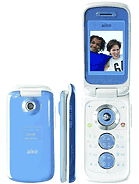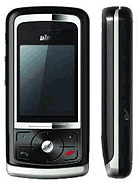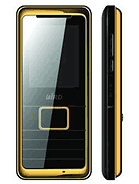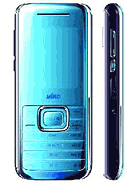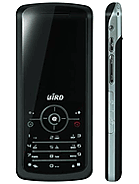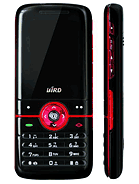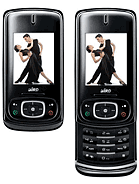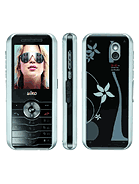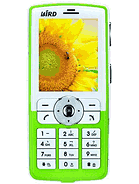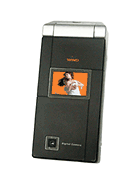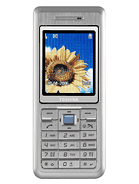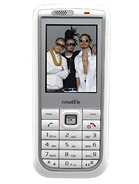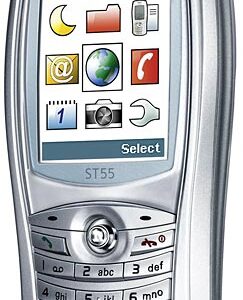Bird S698 Overall Review
Launched in the third quarter of 2005, the Bird S698 emerged as a feature phone aimed at users seeking basic functionality with a touch of multimedia capability. The device sports a CSTN display with 65K colors, offering a modest yet colorful screen for its time. This type of display was common for budget-friendly phones, balancing cost with performance to provide a satisfactory viewing experience for daily tasks.
Powering its operations, the Bird S698 is equipped with a 900 mAh battery, which was adequate to support the phone’s functions given its limited power demands. The battery life would typically last through a day of moderate use, encompassing calls, texts, and occasional use of its basic multimedia features.
The S698 also features a simple user interface, with navigation primarily facilitated through a physical keypad. This was standard for the era, prioritizing straightforward access to functions like calling, messaging, and basic applications.
Bird S698 Pros and Cons
Pros:
- Compact and durable design, ideal for users looking for a straightforward mobile phone.
- CSTN display with 65K colors provides a clear and vibrant screen for viewing text and images.
- The 900 mAh battery offers decent battery life for the phone’s basic functionalities.
Cons:
- Limited multimedia and connectivity features, reflecting the phone’s positioning as a feature phone.
- The absence of advanced features such as high-resolution cameras, app support, and fast internet connectivity, which are common in more modern devices.
- The use of a CSTN display and a simple interface might not meet the needs of users accustomed to more advanced technology.
